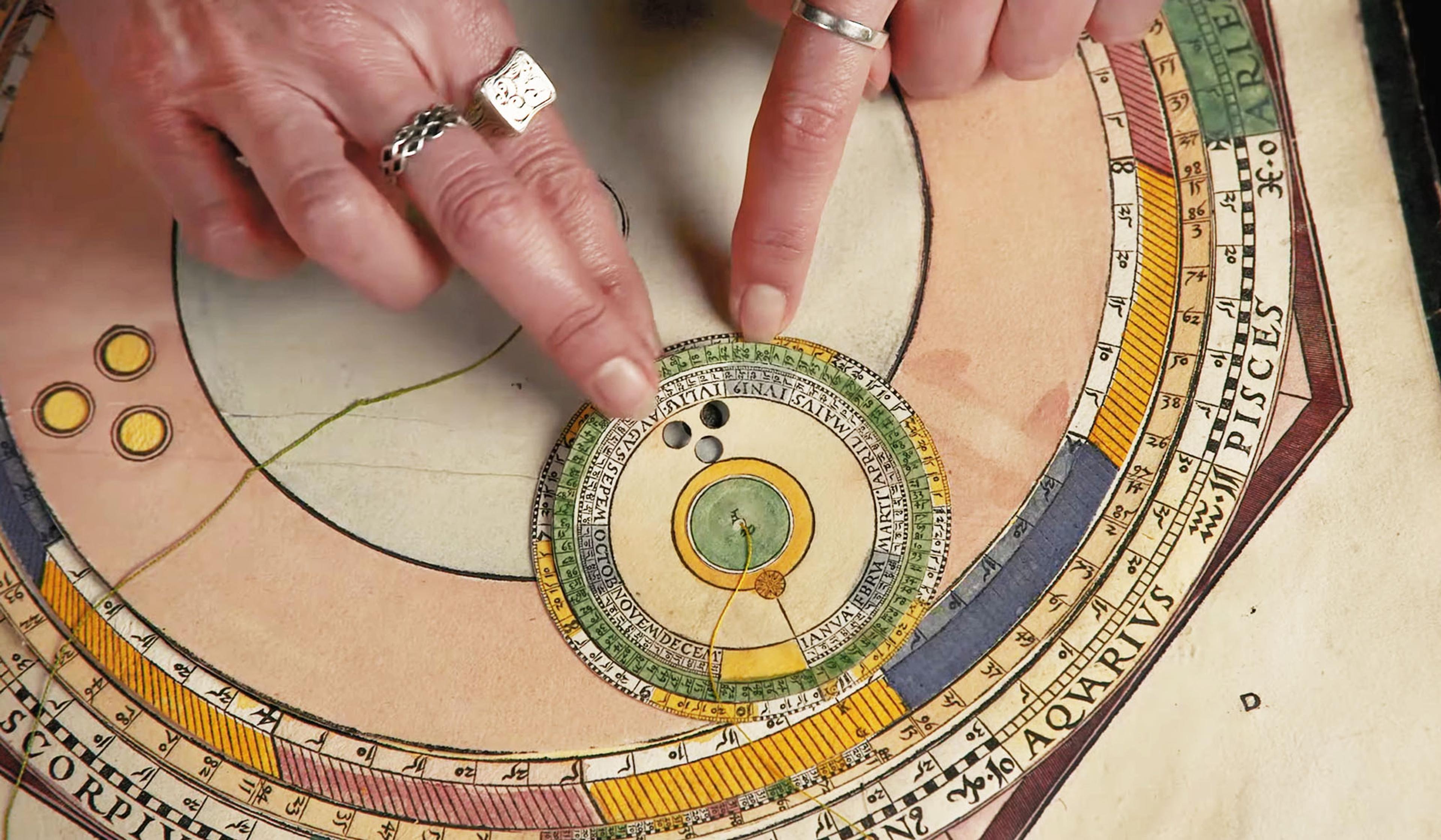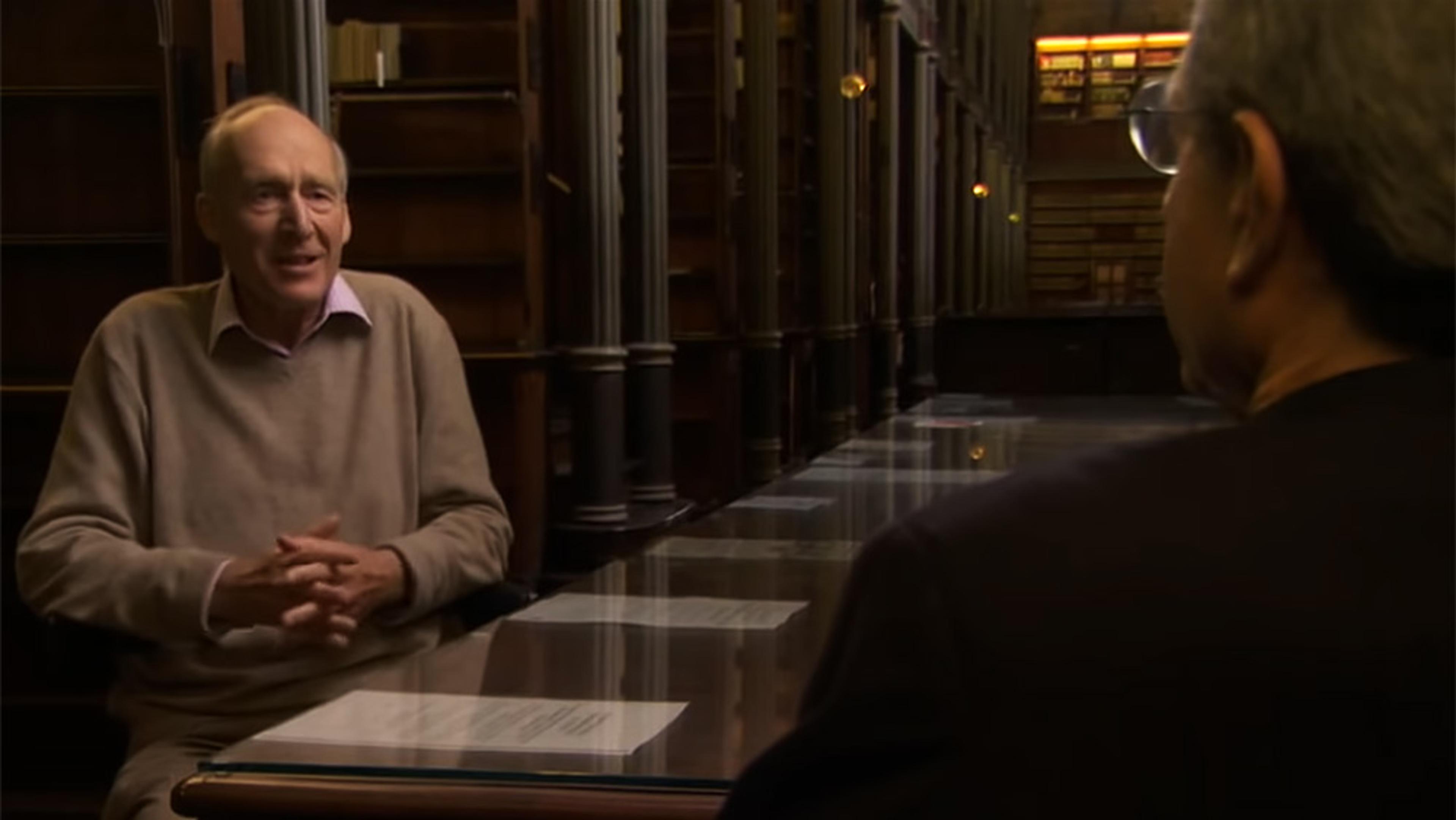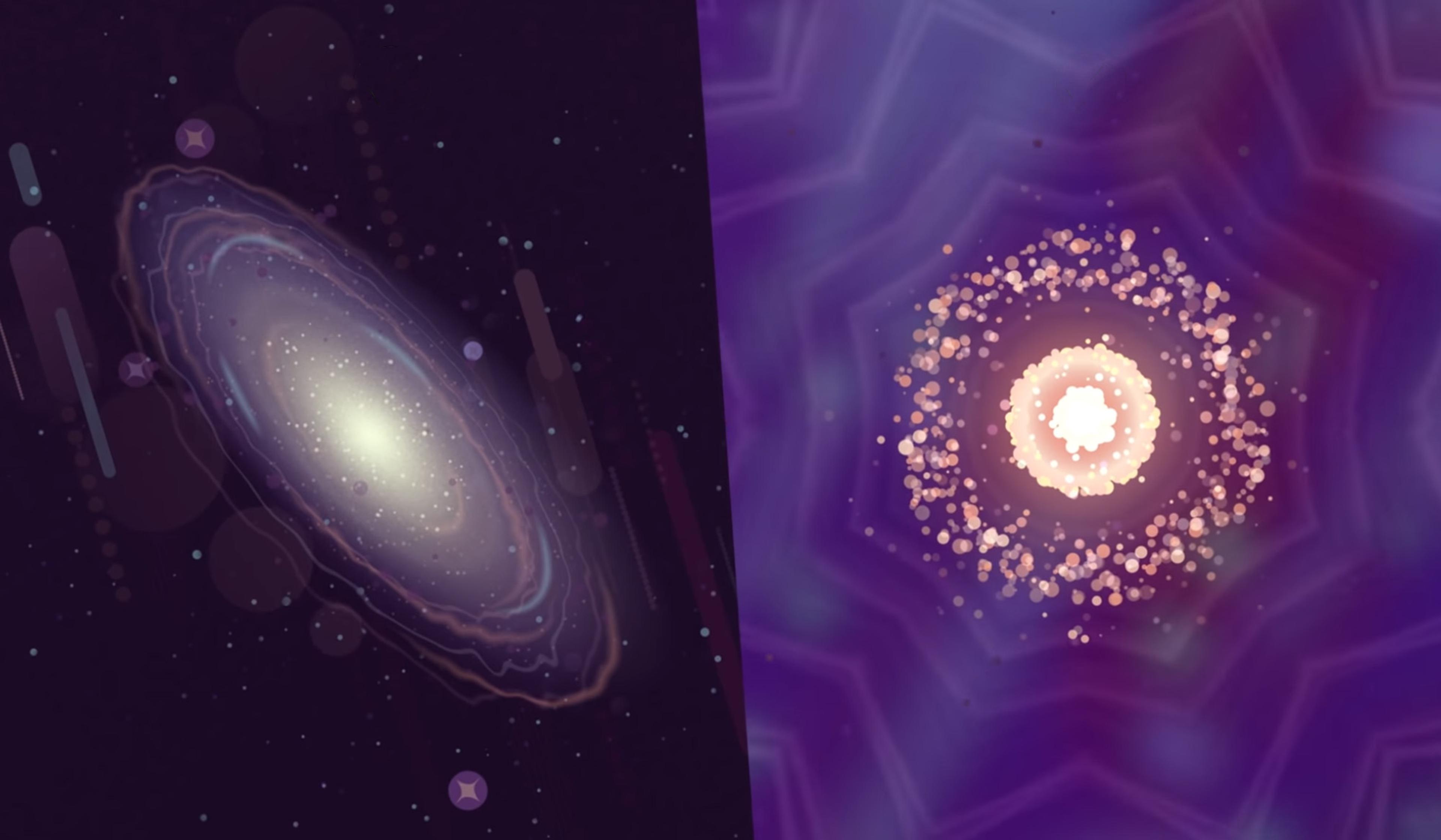In this clip from the celebrated science education series Cosmos (1980), the astronomer Carl Sagan explores the life and legacy of the ancient Greek polymath Eratosthenes, who, in the 3rd century BCE, not only understood Earth to be spherical, but was able to calculate its circumference with remarkable accuracy. In detailing Eratosthenes’ ingenious methods, Sagan provides a fascinating science history lesson that doubles as a tribute to the remarkable ingenuity of ancient thinkers, who were able to uncover extraordinary truths with the simplest of tools.
How an ancient polymath first calculated Earth’s size, as told by Carl Sagan

videoHistory of science
Ideas ‘of pure genius’ – how astronomers have measured the Universe across history
29 minutes

videoAstronomy
The remarkable innovations inspired by our need to know the night sky
5 minutes

videoHistory of science
How we came to know the size of the Universe – and what mysteries remain
26 minutes

videoEngineering
How water-based clocks revolutionised the way we measure time
10 minutes

videoHistory of science
How one of history’s most beautiful books was used to find fate in the cosmos
6 minutes

videoArchaeology
How researchers finally solved the puzzle of the oldest known map of the world
18 minutes

videoHistory of ideas
From sky charts to atomic clocks, time is a mysterious story that humans keep inventing
8 minutes

videoEarth science and climate
How an Earth science outsider finally put the Pangea puzzle together
8 minutes

videoPhysics
There’s a striking link between quantum and astronomic scales. What could it mean?
5 minutes